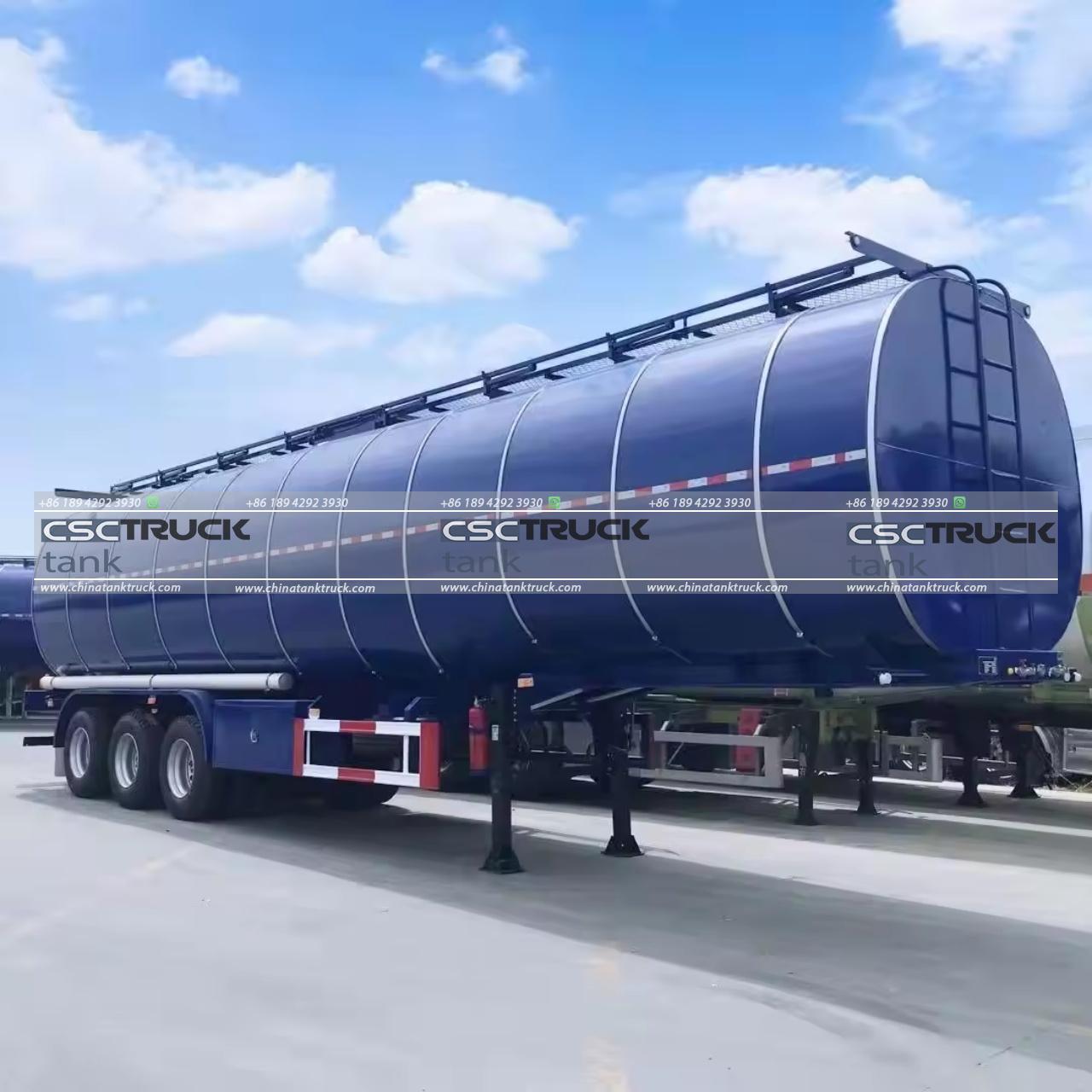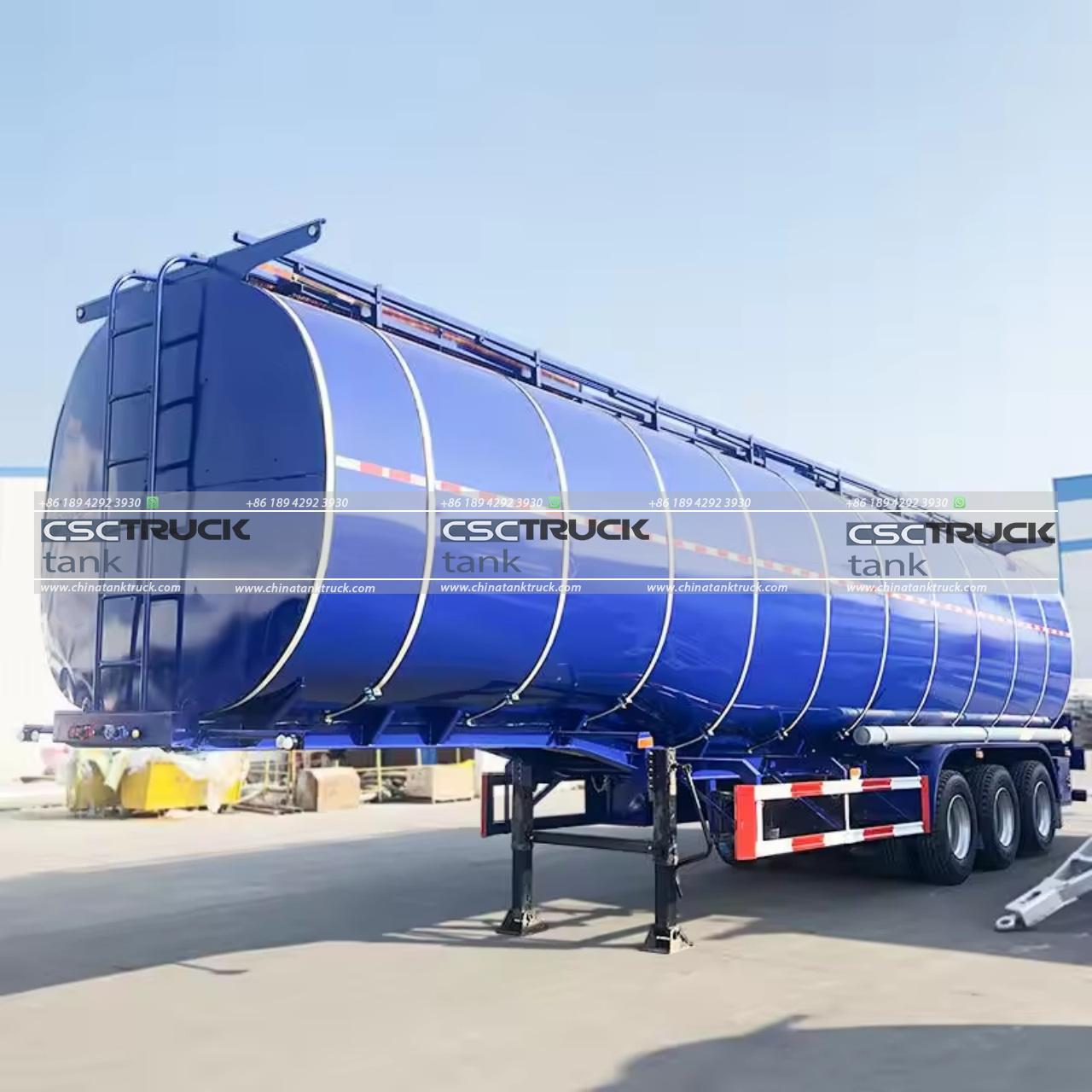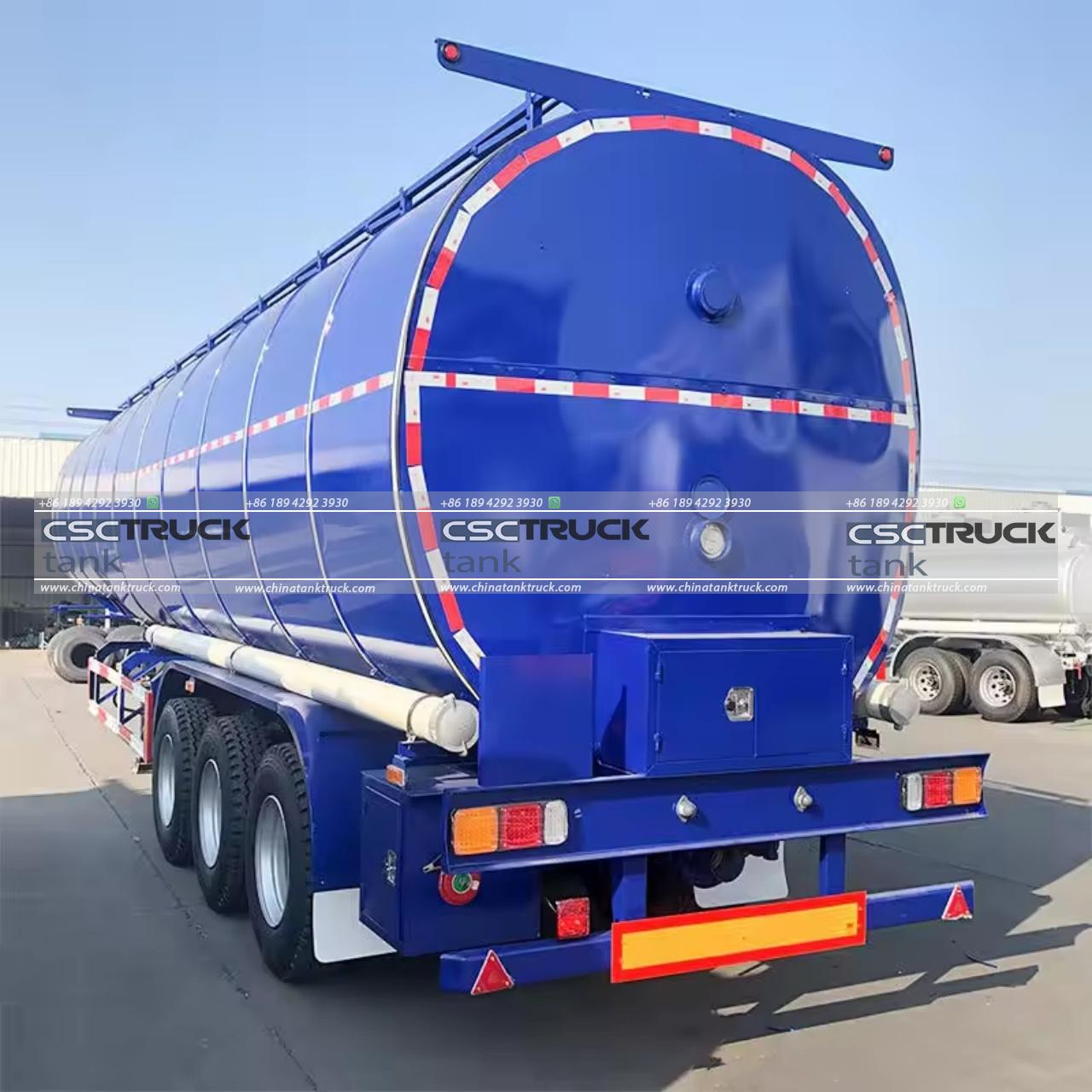How Long is a Fuel Tank Trailer?
Fuel tank trailers, commonly used to transport gasoline, diesel, jet fuel, and other liquid petroleum products, play a critical role in the transportation and logistics industries. One of the primary considerations for these trailers is their size, which impacts their carrying capacity, maneuverability, and suitability for specific routes and storage facilities. This article will explore the dimensions of fuel tank trailers, specifically focusing on their length, as well as factors influencing this length, regulatory considerations, and other design elements.
1. Typical Lengths of Fuel Tank Trailers
Fuel tank trailers come in various lengths, typically ranging from 20 to 53 feet (6 to 16 meters). However, most fuel tank trailers are designed to be between 42 and 48 feet long, with regional and specific use requirements dictating their exact size.
– Short Trailers (20-35 feet): These trailers are compact, and often seen in urban settings or regions with tight spaces. Shorter fuel tank trailers have lower carrying capacities but offer greater maneuverability, making them ideal for densely populated areas where smaller quantities of fuel need to be delivered, such as gas stations within city limits.
– Medium-Length Trailers (35-42 feet): These trailers are a common choice for regional fuel deliveries. They provide a balance between capacity and flexibility, allowing them to navigate suburban areas and regional highways effectively.
– Long Trailers (42-53 feet): These longer trailers are often used for long-haul fuel transportation, typically on highways and interstates. While they offer high fuel-carrying capacities, their length can limit their accessibility to certain areas, particularly urban or tightly congested spaces.
In North America, 42- to 48-foot fuel tank trailers are most common, while in other parts of the world, like Europe, where roads and infrastructure are often older and narrower, shorter trailers may be more prevalent.

2. Factors Influencing the Length of Fuel Tank Trailers
Several factors contribute to the length variations in fuel tank trailers, each tailored to meet specific operational and regulatory requirements:
– Capacity Requirements: The primary purpose of a fuel tank trailer is to transport fuel efficiently. Trailers intended to carry larger quantities of fuel need to be longer to accommodate larger tanks. A longer trailer, however, may also require additional axles to support the added weight, influencing the trailer’s design and overall length.
– Axle Configuration: Different axle configurations can support varying weights, and regulations often dictate specific requirements based on gross vehicle weight (GVW). A trailer’s length may need to be extended to distribute weight across more axles, which reduces the pressure on each axle and meets regulatory guidelines for safe transportation.
– Regional Regulations: Different regions have varying road regulations that influence the permissible dimensions of vehicles, including trailer length. In the United States, the Department of Transportation (DOT) enforces a maximum vehicle length limit of 53 feet on federal highways, but shorter limits apply in other settings. In the European Union, trailer length is also regulated, with stricter rules on overall dimensions, particularly on non-highway routes.
– Cargo Type: The type of fuel being transported can influence trailer length as well. For instance, gasoline and diesel often have different density and weight properties, which can affect the type of tank required and, by extension, the length of the trailer. Additionally, some fuel trailers are designed with multi-compartment configurations, allowing for the simultaneous transport of different fuel types, which may extend the length.
– Turn Radius and Maneuverability Needs: Trailer length affects a vehicle’s turning radius and maneuverability. Longer trailers have larger turning radii, which can restrict their accessibility in certain areas. For fuel deliveries in urban or restricted areas, shorter trailers are preferred for easier navigation, which affects operational efficiency and safety.
3. Regulatory Considerations
Government and regulatory bodies set stringent guidelines on the length and weight of fuel tank trailers, given the potentially hazardous nature of the cargo. These regulations help to ensure the safety of the driver, other road users, and the environment.
– Length Limits: In the United States, for instance, the length of the trailer (excluding the cab) must generally not exceed 53 feet on federal highways. However, trailers traveling on state or local roads may face different restrictions, with some states imposing stricter length limits. In Canada, the maximum length is also generally around 53 feet, while in the EU, length restrictions can vary by country and are often stricter, especially on smaller roads.
– Weight and Axle Load Restrictions: Axle load restrictions also impact trailer length, as spreading the weight across more axles can allow for greater cargo capacity. The Federal Motor Carrier Safety Administration (FMCSA) in the United States mandates a maximum load per axle, which may necessitate additional axles on longer trailers. European regulations tend to have stricter axle load limits, which can also affect trailer length and the overall design of the vehicle.
– Environmental Regulations: Fuel tank trailers must comply with environmental regulations regarding fuel containment and spillage. The trailer length, along with tank design, is a factor in ensuring that no fuel escapes during transit, which is vital in minimizing environmental risks and meeting standards for safe fuel transportation.

4. Design and Structural Aspects
Fuel tank trailers are built with specific design features that impact their length, weight, and durability.
– Tank Shape and Size: The shape of the tank affects its length. Cylindrical tanks are the most common shape for fuel trailers, as they distribute pressure evenly and allow for efficient fuel containment. Some trailers have elliptical tanks, which are slightly shorter but hold similar capacities as cylindrical tanks.
– Compartmentalization: Many fuel tank trailers are divided into multiple compartments. These compartments allow for the transport of various types of fuel in a single trip and reduce the risk of fuel shifting within the tank, which can affect vehicle stability. Multi-compartment tanks may require additional structural support, impacting the trailer’s length and axle configuration.
– Material and Build: Fuel tank trailers are typically constructed of aluminum or stainless steel. Aluminum is lighter, allowing for a longer trailer without exceeding weight limits, whereas stainless steel offers superior corrosion resistance, which is beneficial when transporting fuel with corrosive properties. The material choice can indirectly impact the length, as lighter materials like aluminum allow for additional tank length without exceeding weight limits.
5. Operational Considerations
For fuel transportation companies, choosing the right length of trailer has significant operational implications. Here’s why trailer length matters operationally:
– Fuel Efficiency: Longer trailers with larger fuel capacities allow for fewer trips, which can save on fuel costs and reduce emissions. However, a longer trailer requires a powerful tractor unit to handle the added weight and maintain stability, potentially impacting fuel efficiency.
– Storage and Maintenance: Longer trailers require more storage space when not in use and may have higher maintenance costs due to the additional axles and structural requirements.
– Driver Skill Requirements: Operating longer trailers requires a greater degree of skill, especially when navigating urban environments or narrow roadways. Shorter trailers, on the other hand, are easier to maneuver, making them a good choice for less experienced drivers or areas with more restrictive road networks.

Conclusion
The length of a fuel tank trailer varies based on multiple factors, including regulatory constraints, weight distribution requirements, tank design, and operational needs. While trailers generally range from 20 to 53 feet, most standard fuel trailers fall between 42 and 48 feet in length, striking a balance between capacity and maneuverability. The right trailer length depends on the intended use, the types of roads and locations where the fuel will be delivered, and specific regional regulations.
Understanding these length variations is crucial for companies involved in fuel transportation, as selecting the appropriate trailer length can improve efficiency, reduce operational costs, and ensure safe and compliant fuel transport.

